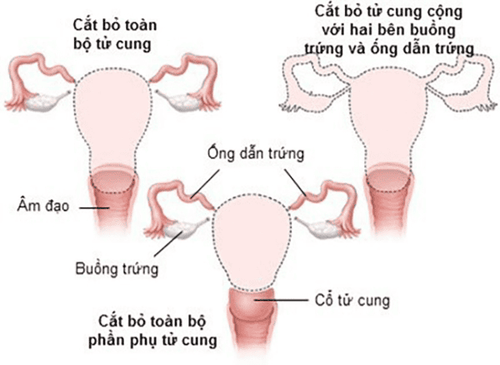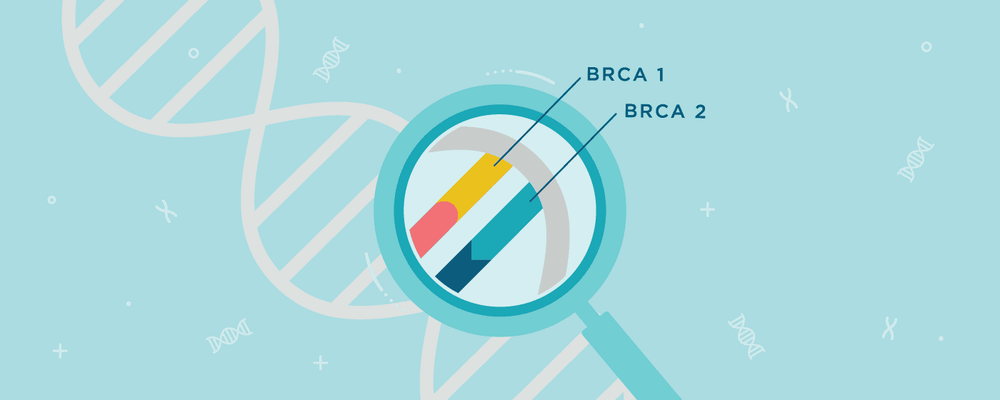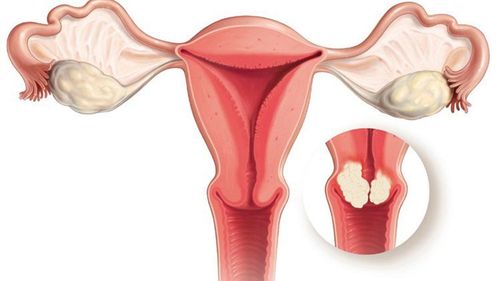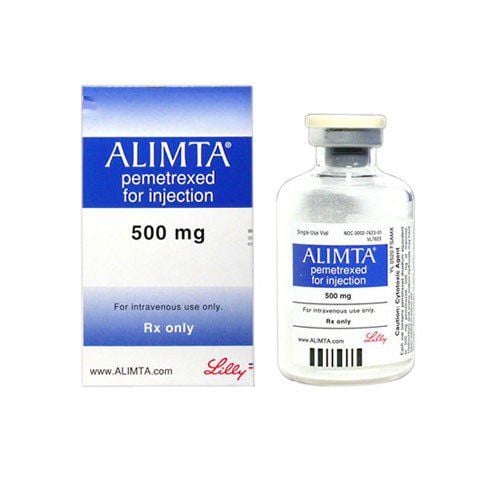This is an automatically translated article.
The article was written by doctors of Internal Oncology - Radiation Oncology Center, Vinmec Times City International General Hospital.A hysterectomy is a surgery in which a doctor removes a woman's uterus. However, surgeons often leave part or all of the ovaries intact, which means they still have a chance of ovarian cancer.
1. Types of hysterectomy: The uterus is shaped like an upside down cup
Partial hysterectomy: The doctor removes the upper part of the uterus but leaves the cervix (lower part of the uterus). Total hysterectomy: removal of both the uterus and cervix. Radical hysterectomy: removal of the uterus and cervix along with tissue on either side of the cervix and the top part of the vagina. Hysterectomy and appendages: In addition to the uterus and cervix, surgery also removes the fallopian tubes and ovaries.

Dựa trên tình trạng bệnh, bác sĩ lựa chọn phương pháp cắt bỏ tử cung hợp lý
2. Hysterectomy reduces the risk of ovarian cancer
Ovarian cancer usually begins in tumor cells that develop in the ovary or surrounding tissues.The ovaries are part of the female reproductive system and are responsible for the production of eggs and the release of the female hormones estrogen and progesterone. A normal person has two ovaries, on either side of the uterus. Eggs travel from the ovary to the uterus through the fallopian tubes.
Depending on the type of hysterectomy, the surgeon will remove all or part of the uterus, as well as some other parts of the female reproductive system. This may or may not include oophorectomy.
People who have had a hysterectomy may think they can't get ovarian cancer. However, having a hysterectomy can reduce the risk of developing the disease, but it is still possible to get ovarian cancer. According to the American Cancer Society (ACS), there is evidence that a hysterectomy that leaves the ovaries in place can reduce the risk of ovarian cancer in some people.
ACS also states that hysterectomy and adnexectomy can reduce the risk of ovarian cancer by 85-95% and the risk of breast cancer by >50%, especially in BRCA gene mutation carriers. Mutations in the BRCA1 and BRCA2 genes increase the risk of certain types of cancer.
A large study from 2015 also showed that hysterectomy and adnexal surgery reduces the incidence of ovarian and peritoneal cancer. The researchers also concluded that simply removing one ovary could reduce the risk of ovarian cancer, but more research is needed to confirm this.
However, the ACS warns that a person should have a hysterectomy only for valid medical reasons and not just to reduce the risk of ovarian cancer.
Doctors may recommend hysterectomy to treat people with symptoms such as:
Cancer of the ovaries, cervix or uterus Uterine prolapse Large or complicated uterine fibroids Weak women risk factors for ovarian cancer such as: age and sex; women over 40, having their first child after age 35, have never been pregnant, are overweight, have used fertility treatments, such as in vitro fertilization (IVF). use hormone therapy after menopause, have a family history of ovarian, breast or colorectal cancer, have a BRCA1 or BRCA2 gene mutation, have ever had breast cancer.

Nên cắt bỏ tử cung khi mang đột biến gen BRCA1
3. What can be done to reduce the risk of ovarian cancer?
For people at high risk for ovarian cancer, such as those carrying a BRCA gene mutation, your doctor may recommend prophylactic bilateral mastectomy. Although prophylactic bilateral oophorectomy significantly reduces the risk, there is still a chance of developing ovarian cancer as small traces of them may still be present
Also to reduce the risk of ovarian cancer Do: maintain a healthy weight through diet and exercise, should have children, should give birth before age 35, breastfeed, use birth control pills. Bottom Line: There are several different types of hysterectomy. A hysterectomy leaves part or all of the ovaries intact.
Even with both ovaries removed, small traces of them may remain, so there is still a chance that a person will develop ovarian cancer after a hysterectomy.
However, any type of hysterectomy reduces the risk of ovarian cancer.
Women should have regular health check-ups. In addition, you should see your doctor if you have any of the following symptoms:
Stomach bloating or feeling like pregnancy. Eating quickly makes you feel full. Unexplained weight loss. Discomfort in the pelvis or lower abdomen Changes in bowel habits, such as constipation. Having a need to urinate frequently This article covers the different types of hysterectomy and how they affect a woman's risk of ovarian cancer.
Hysterectomy needs to be performed by a team of experienced doctors and the operating room system is equipped with modern machines to support the doctor to help the surgery achieve the best results.
Currently, at Vinmec International General Hospital, which is applying the treatment of uterine fibroids by robotic surgery with many outstanding advantages, the hospital uses the Da Vinci Robot manufactured by the US with a sophisticated structure, currently Modern, has 4 arms that almost perfectly simulate human hand movements, meeting the needs of surgery with the highest requirements.
Patients will be monitored in the recovery room to ensure no complications after surgery.
Please dial HOTLINE for more information or register for an appointment HERE. Download MyVinmec app to make appointments faster and to manage your bookings easily.
Source: medical new today












